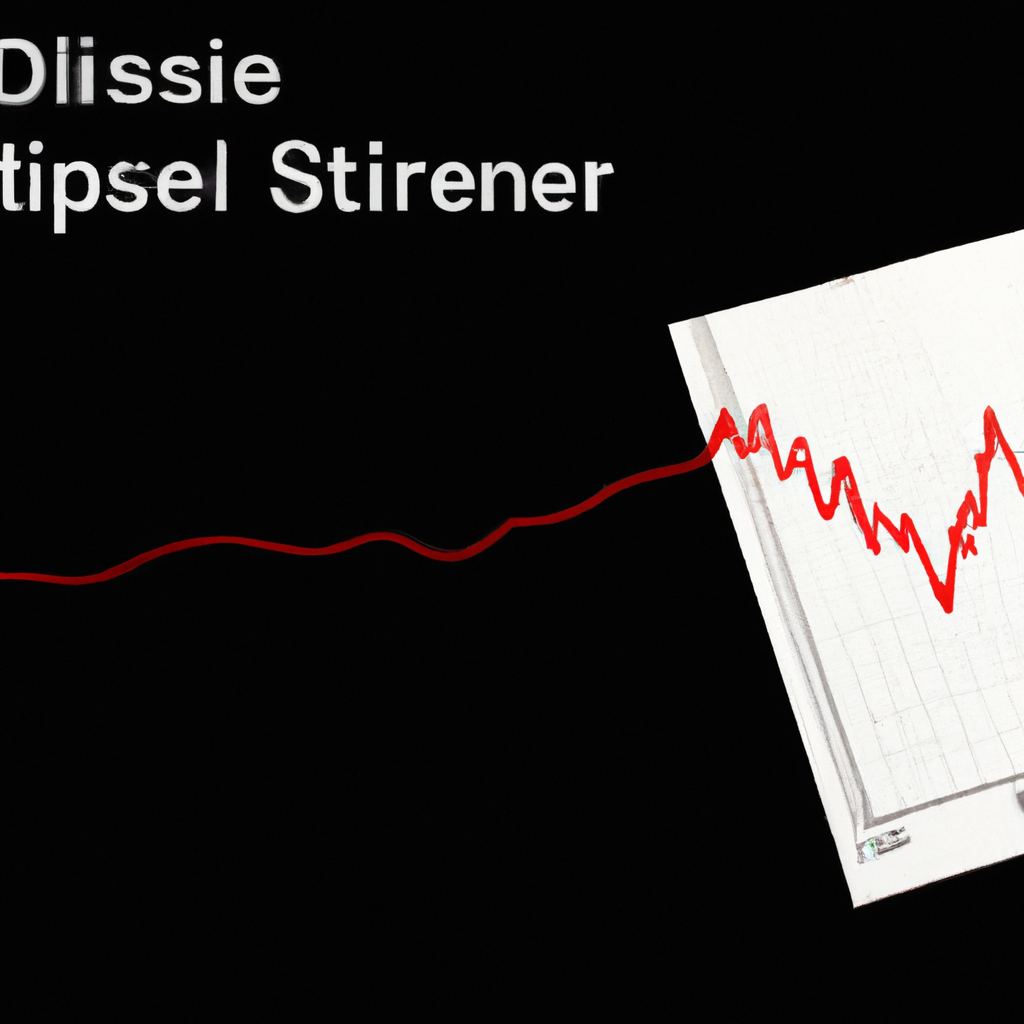
Identifying RSI Divergence: A Key Indicator for Traders
Introduction
The Relative Strength Index (RSI) is a popular technical analysis tool used by traders to identify potential trend reversals and overbought or oversold conditions in the market. One of the most effective ways to use the RSI is by identifying divergence patterns, which can provide valuable insights into the future direction of an asset’s price. In this article, we will explore how to identify RSI divergence and its significance in trading decisions.
Understanding RSI Divergence
RSI divergence occurs when the price of an asset moves in the opposite direction of the RSI indicator. It suggests a potential weakening of the current trend and a possible upcoming reversal. Traders use RSI divergence to anticipate trend changes and make informed trading decisions.
Types of RSI Divergence
There are two main types of RSI divergence: bullish and bearish.
Bullish Divergence
Bullish divergence occurs when the price of an asset forms lower lows while the RSI indicator forms higher lows. This suggests that the selling pressure is weakening, and a bullish reversal may be imminent. It indicates that despite the declining price, the momentum is shifting in favor of buyers.
Bearish Divergence
Bearish divergence, on the other hand, happens when the price of an asset forms higher highs while the RSI indicator forms lower highs. This indicates that the buying pressure is weakening, and a bearish reversal may be on the horizon. It suggests that despite the rising price, the momentum is shifting in favor of sellers.
Identifying RSI Divergence
To identify RSI divergence, follow these steps:
Step 1: Plot the RSI Indicator
First, plot the RSI indicator on your preferred charting platform. The RSI is typically displayed as a line graph oscillating between 0 and 100.
Step 2: Identify Price Swings
Identify significant price swings on the chart. These can be higher highs or lower lows, depending on the type of divergence you are looking for.
Step 3: Compare Price Swings with RSI
Next, compare the price swings with the corresponding swings in the RSI indicator. Look for instances where the price forms a different pattern than the RSI. This is where divergence may occur.
Step 4: Confirm Divergence
Confirm the divergence by ensuring that the RSI indicator supports the opposite direction of the price movement. For bullish divergence, the RSI should form higher lows while the price forms lower lows. For bearish divergence, the RSI should form lower highs while the price forms higher highs.
Step 5: Validate with Other Indicators
To increase the reliability of your divergence signals, consider validating them with other technical indicators or chart patterns. This can help confirm the potential trend reversal and provide additional confidence in your trading decision.
Significance of RSI Divergence
RSI divergence is significant because it provides traders with early warnings of potential trend reversals. By identifying divergences, traders can anticipate shifts in market sentiment and adjust their trading strategies accordingly. RSI divergence can be a powerful tool when used in conjunction with other technical analysis tools, helping traders make more informed decisions.
Conclusion
Identifying RSI divergence is an essential skill for traders who want to stay ahead of market trends. By understanding the different types of divergence and following a systematic approach to identify them, traders can gain valuable insights into potential trend reversals. Remember to validate your divergence signals with other indicators or chart patterns to increase their reliability. Incorporating RSI divergence into your trading strategy can enhance your decision-making process and improve your overall trading performance.





